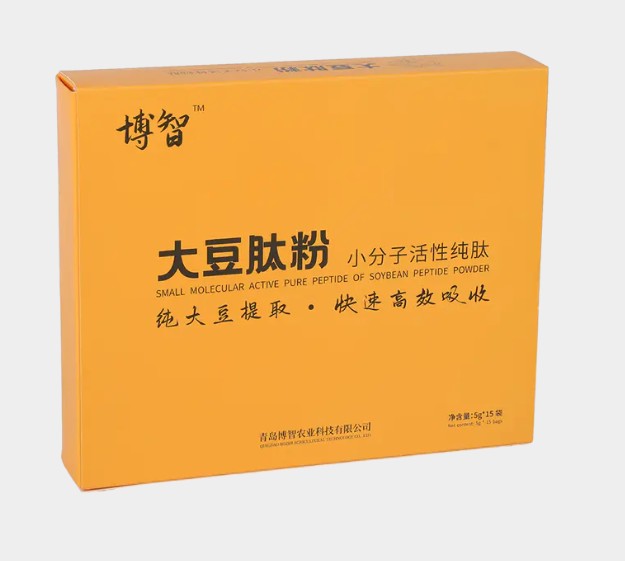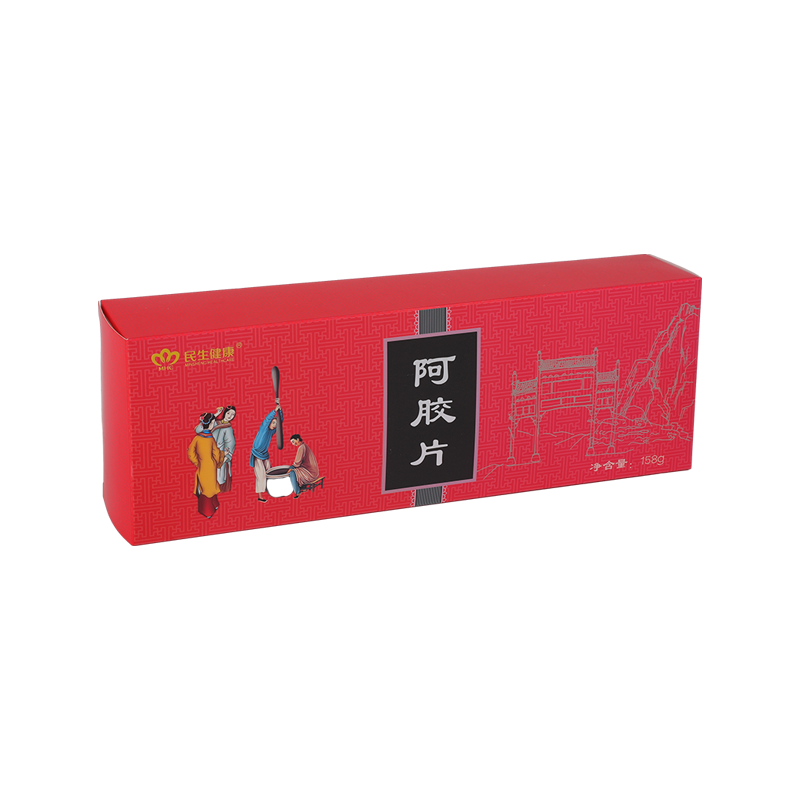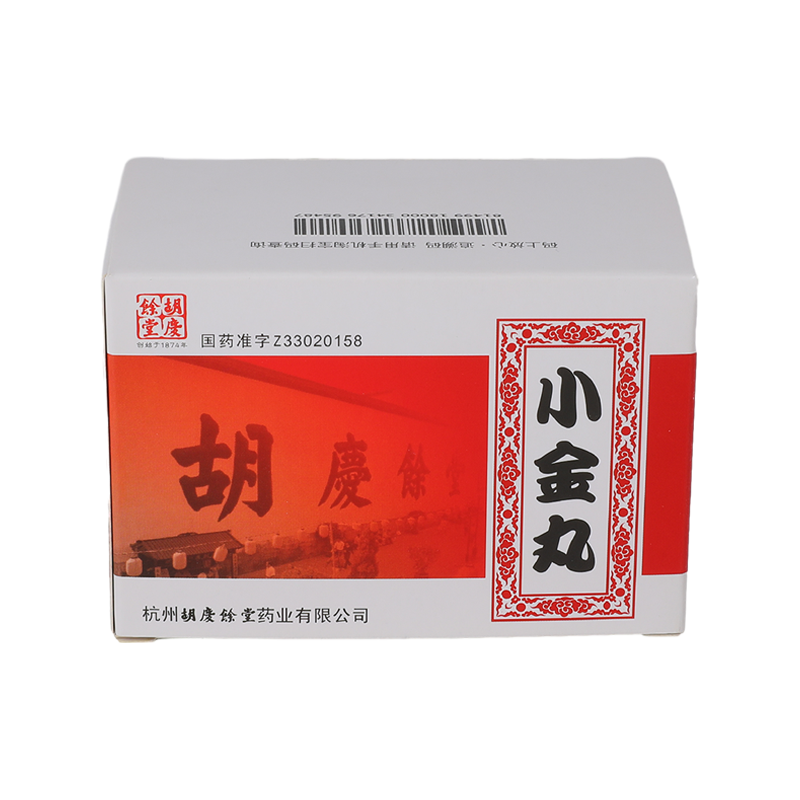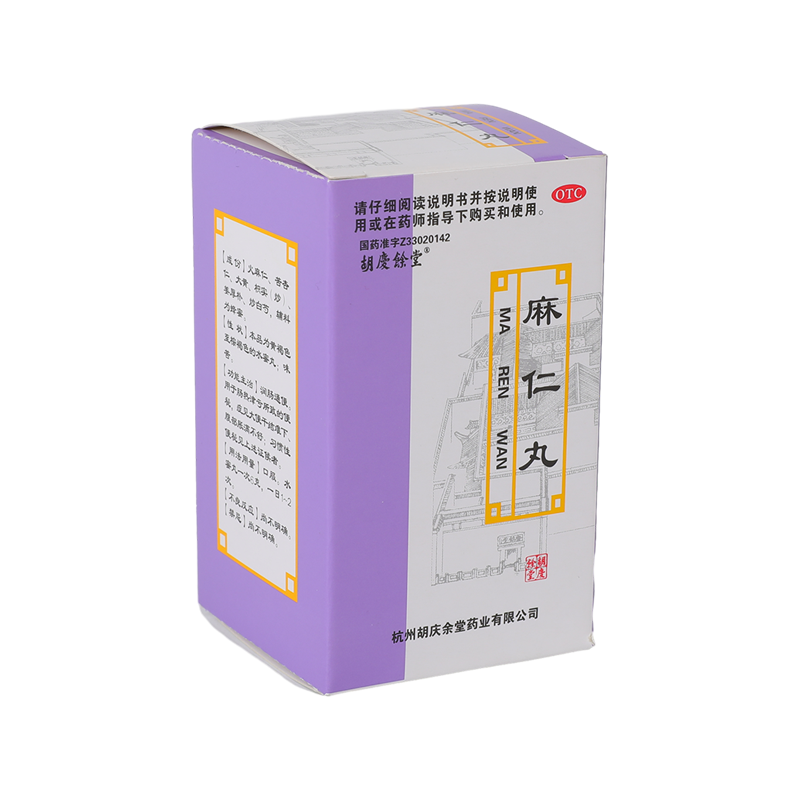When designing Health Product Solid Beverage Printing Pharmaceutical Paper Box Medical Products Packaging Carton, it was crucial to ensure the safety of the product during transportation and storage.
1. Material selection
Paper and cardboard: Choose paper and cardboard with high strength, resistance to abrasion, tearing and moisture to withstand the squeeze and friction of shipping.
Coatings and inks: Use environmentally friendly, wear-resistant and corrosion-resistant coatings and inks to ensure that packaging remains intact and clear in humid and polluted environments.
2. Structural design
Box type selection: According to the shape and size of the product, select a suitable box type, such as a top-to-floor cover box, a drawer box, etc., to ensure that the product can fit tightly inside the packaging and reduce shaking and collision.
Reinforcement ribs and corner guards: Reinforcement ribs are structural elements designed on the side walls, bottom or other key locations of the carton. They are usually formed by folding or pasting cardboard. Reinforcing ribs can increase the strength of the side walls or bottom of the carton, making it less likely to deform or break when pressed by external forces, effectively protecting the products inside. By setting reinforcement ribs inside the Health Product Solid Beverage Printing Pharmaceutical Paper Box Medical Products Packaging Carton, the overall structural stability of the carton can be enhanced, making it less likely to collapse or deform during stacking or transportation. Although the reinforcing ribs increase the local thickness of the carton, through reasonable structural design, the overall material consumption can be reduced while ensuring strength, and the cost can be reduced.
Buffering material: Buffering material is a special material that can absorb the pressure and energy generated when an object hits it, thereby reducing the impact of blows and vibrations on the product. There are many types of cushioning materials, including but not limited to polystyrene foam (EPS), polyethylene foam (EPE), polyurethane foam (EPU), and resin cushioning materials. Each of these materials has its own characteristics. For example, EPS has good shock-proof buffering performance and high compressive strength, EPE has the characteristics of low density, good flexibility, and high recovery rate, and EPU has the advantages of good resilience and good cushioning performance. Resin buffer materials have the properties of shock absorption, buffering, energy absorption, sound insulation, waterproofing, insulation, corrosion resistance and other properties.
Sealing design: Use heat sealing, glue sealing, etc. to ensure the sealing of Health Product Solid Beverage Printing Pharmaceutical Paper Box Medical Products Packaging Carton and prevent products from being contaminated and moist during transportation and storage.

3. Printing and marking
Clear printing: Ensure that key information such as product name, specifications, production date, and expiration date are printed clearly for easy identification and traceability.
Warning labels: Add warning labels on the packaging, such as "fragile", "moisture-proof", "handle with care", etc., to remind transportation and storage personnel to pay attention to the operation.
4. Functional design
Portable design: Set up a reasonable portable structure on the Health Product Solid Beverage Printing Pharmaceutical Paper Box Medical Products Packaging Carton for easy handling and transportation.
Stacking design: Consider the stacking stability of the cartons and set up a suitable stacking structure to ensure that they are not easy to collapse when stacked.
Opening design: Design a packaging structure that is easy to open, making it convenient for consumers to use and reducing damage to the product during the opening process.
5. Testing and verification
Pressure resistance test: Health Product Solid Beverage Printing Pharmaceutical Paper Box Medical Products Packaging Carton is subjected to pressure resistance testing to ensure that it can still remain intact under a certain pressure.
Drop test: simulate the drop of the product during transportation and test the protective performance of the carton.
Vibration test: simulate the vibration environment during transportation and test the cushioning effect of the carton on the product.
Climate simulation test: Cartons are tested under different temperature and humidity conditions to verify their moisture-proof, mildew-proof and other properties.

 English
English 中文简体
中文简体 русский
русский عربى
عربى












